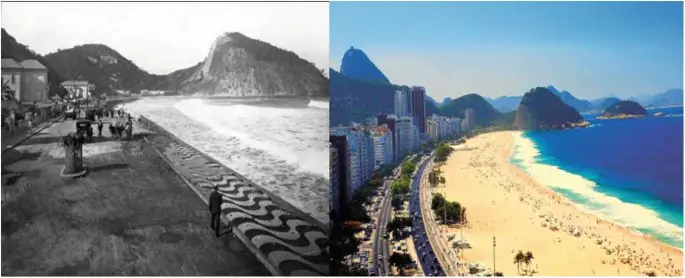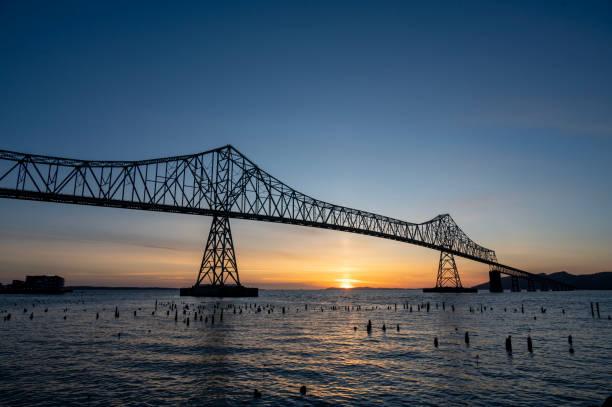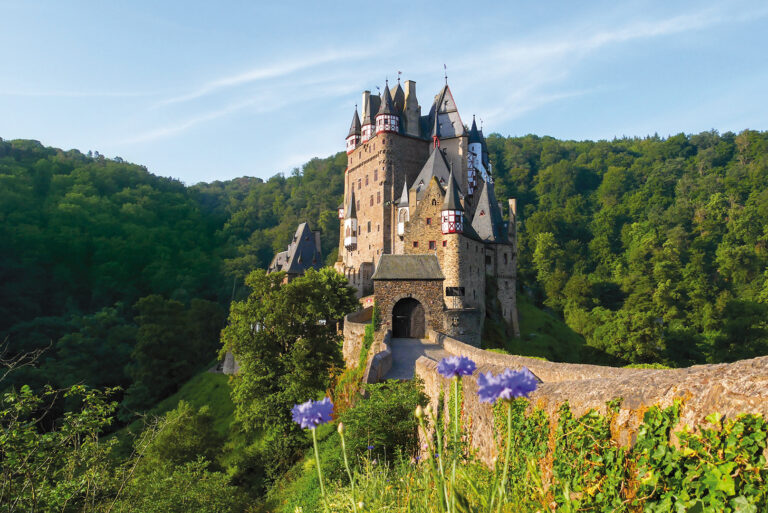Copacabana: A Journey from 1890 to 2024
Nestled along the Atlantic coast, Copacabana is not just a neighborhood in Rio de Janeiro, but a symbol of cultural evolution, art, and breathtaking natural beauty. From its quiet beginnings in the late 19th century to the vibrant destination it is today, the history of Copacabana is one of transformation. Let’s dive into how this iconic place has evolved over the decades, shaping itself as one of the most famous beach destinations in the world.
The Early Days (1890s)
In the 1890s, Copacabana was still relatively isolated, a far cry from the bustling hub it would become. Back then, it was a quiet neighborhood with limited access. The only way to reach Copacabana was via a long road or by boat. The natural beauty of the beach, however, hinted at the massive potential that lay ahead.
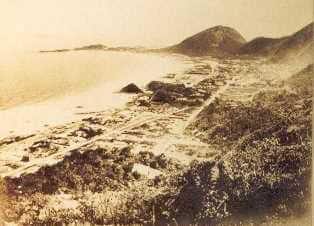
The 1920s – The Beachfront Revolution
Things changed dramatically in the 1920s with the opening of the Copacabana Palace Hotel, which would become a cultural landmark. Its construction symbolized the beginning of Rio’s golden age, attracting elites, celebrities, and travelers. Over the years, Copacabana saw an influx of tourism and real estate development, making it one of the first international vacation destinations.
The Golden Age of the 1950s
The 1950s is often considered the golden age of Copacabana. The beachfront was filled with luxury hotels, nightclubs, and the famous black-and-white wave-patterned promenade designed by Roberto Burle Marx. Samba and Bossa Nova tunes echoed through the streets, as Rio became the heartbeat of Brazilian culture.
The 1970s – A Time of Change
Copacabana continued to thrive, but by the 1970s, a wave of modernization brought new high-rise buildings and apartments, changing the cityscape. The neighborhood’s nightlife remained vibrant, but the feel of Copacabana began to shift with a more diverse crowd calling the area home.
Copacabana Today (2024)
Today, Copacabana remains an icon. The famous beach hosts global events, including New Year’s Eve celebrations that bring millions of visitors to witness spectacular fireworks. The transformation of the beachfront into a cultural hotspot continues, with street art, festivals, and food markets drawing in locals and tourists alike. Yet, despite all the changes, the charm of Copacabana endures, its rich history blending with the pulse of contemporary Rio.
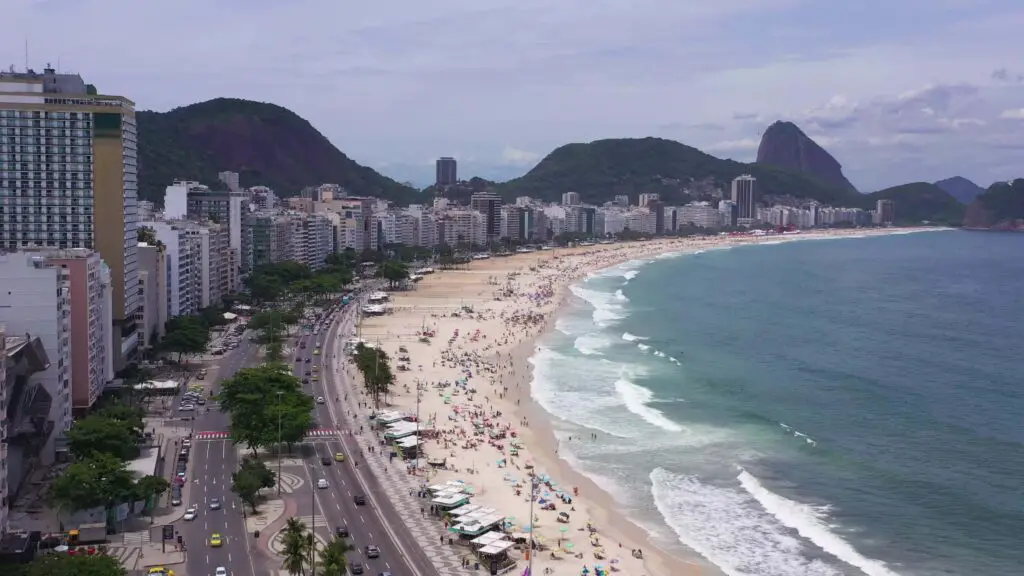
Conclusion
From its humble beginnings to its current status as a world-renowned destination, Copacabana’s journey has been remarkable. Its evolution mirrors the growth of Rio itself—vibrant, diverse, and ever-changing. Whether you’re drawn by its historical significance or its modern-day charm, Copacabana will forever remain an emblem of Brazilian culture and history.
This blog post not only provides historical insights but visually contrasts the old and new with well-placed images, giving readers a complete experience of Copacabana’s transformation over more than a century.
